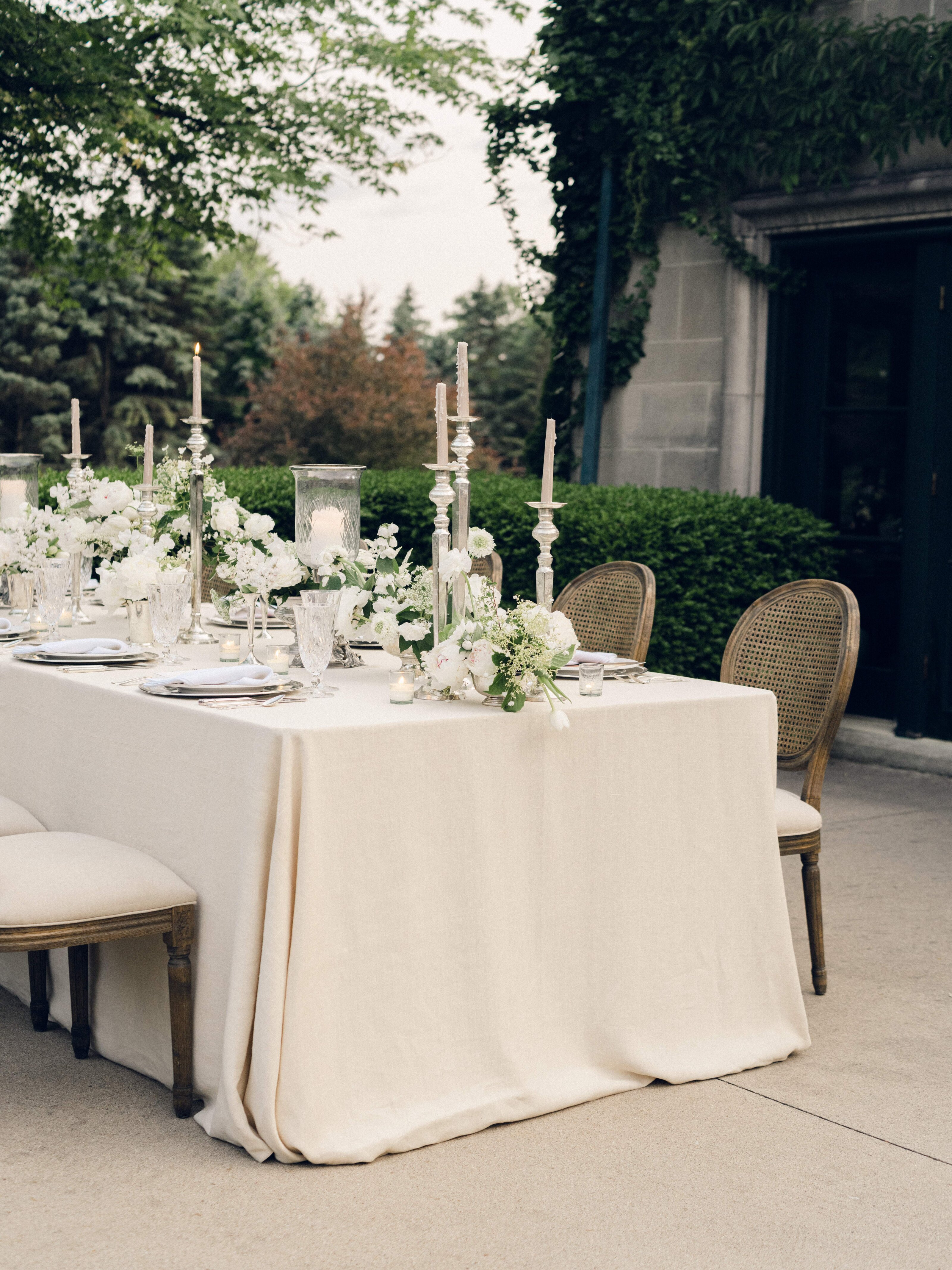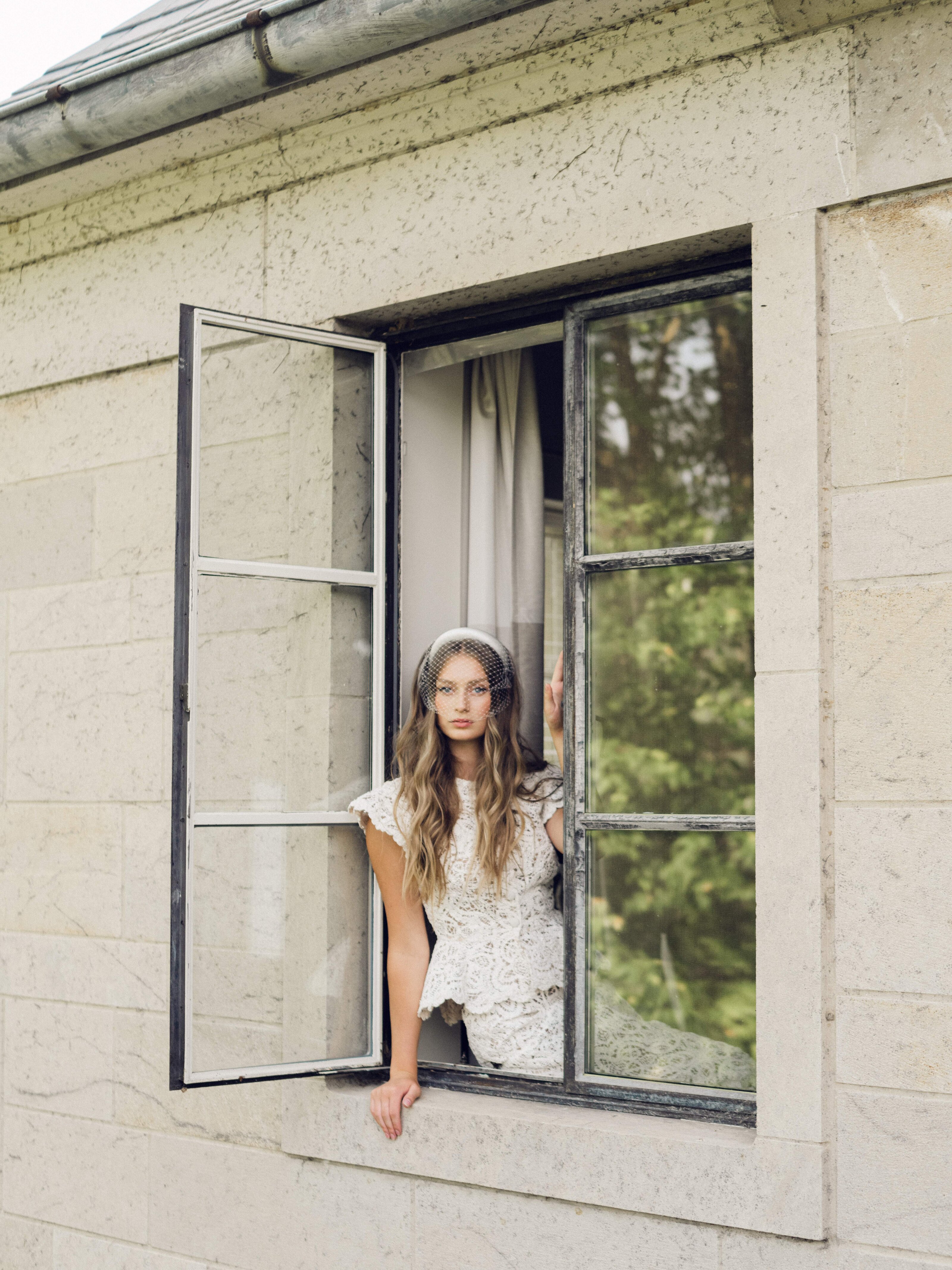One of the most underrated skills for photographers, especially when you’re starting out, is client communication. Sure, you know your lighting setups and your way around a camera, but communicating effectively with clients? That’s an art of its own. Let’s dive into some essential tips for nailing client communication and ensuring a smooth and successful project every time.
1. Set Clear Expectations from the Start
As a commercial photographer, your clients are likely looking for specific results to align with their brand’s look and feel. The key to making this happen? Clear communication right from the beginning. Here’s what to cover:
- Ask for Visual References: Get an idea of what they envision by asking for visual references, like mood boards or previous campaign shots they admire. This will save time in guessing and aligns you both creatively. One of my favorite things to include on a mood board is specific lighting inspo–this helps you and the client get on the same page lighting wise (ex. hard light, soft light, bright, moody, etc.)
- Outline Deliverables: Confirm the number and type of images, the expected level of retouching, and the preferred formats for the final files.
- Agree on Timelines: Discuss deadlines for both shooting and delivering the images. Outline key milestones if it’s a large project—this helps both you and the client plan around the production.
Setting these expectations from the start helps you understand exactly what the client wants, making your job smoother and building client trust right from the get-go.
2. Be Proactive with Updates
Let’s face it: many clients may not fully grasp what goes on behind the scenes in a photo shoot, which can lead to miscommunications. By keeping them informed, you help them stay invested in the project and avoid any last-minute surprises.
- Shoot Day Updates: If it’s a multi-day shoot, send quick updates at the end of each day to let the client know how things are going. Share one or two highlight shots if possible—clients appreciate being “in the loop.”
- Post-Production Check-ins: Editing and retouching can take time, especially for food and product photography. Providing a simple progress update (e.g., “working on color correction”) can reassure clients that everything’s on track.
Taking a proactive approach with updates can also help you avoid micromanagement from clients, giving them peace of mind that they’re working with a professional.
3. Listen Actively During Feedback
When the client reviews your work, feedback is bound to come up. And while it can be nerve-wracking, feedback is an opportunity to refine your skills and build a stronger relationship with the client. Here’s how to handle it gracefully:
- Ask Questions for Clarity: If something in their feedback isn’t crystal clear, don’t be afraid to ask for specifics. For instance, “When you say the background is too warm, would you like it cooler or more neutral?” Or “Do you have an example?”
- Offer Solutions: Sometimes clients don’t know exactly what they want, so suggesting a few options can help. For example, if they think a product shot is “too busy,” suggest a way to simplify the scene and share a quick mockup if you can.
- Welcome Constructive Criticism: When clients know you’re open to constructive feedback, they’re more likely to offer honest input—and they’ll feel confident that you’re willing to go the extra mile to get it right.
Remember, positive feedback is great, but constructive criticism is where real growth happens, both for you and your client relationship.
4. Lay Out Your Revision Policy
It’s a good idea to have a clear, upfront policy on revisions, especially when you’re working with clients who might be new to the process themselves. Knowing the boundaries can save you both time and potential frustration.
- Define What’s Included: Specify the number of revisions included in the project fee, and what those cover. For instance, “This includes up to two rounds of minor edits, such as color adjustments or slight composition tweaks.”
- Communicate Additional Costs: Be clear that extra rounds of revisions will incur additional charges, and explain why. This not only protects your time but also encourages the client to consolidate feedback, which keeps the project moving forward.
5. Maintain a Solution-Oriented and Professional Tone
The way you communicate throughout a project leaves a lasting impression. Clients will not only remember your work but also the professionalism and adaptability you bring to the process. Here are some ways to maintain a strong, solution-oriented tone:
- Be Clear and Concise: Avoid overly technical jargon and keep explanations straightforward. Clients appreciate clarity, so aim to provide direct answers and instructions that make their experience smoother.
- Focus on Solutions, Not Problems: If the client has last-minute requests or if challenges arise, focus on finding a solution instead of dwelling on the obstacles. Showing a proactive approach builds trust in your professionalism and ability to handle any situation.
- Send a Follow-Up: After delivering the final images, send a quick follow-up to confirm they’re satisfied with the results. This not only reinforces your dedication to their project but also keeps the relationship open for future work.
Good client communication can make all the difference in your journey as a commercial photographer. It’s not just about taking great photos—it’s about ensuring a seamless experience that leaves clients thrilled to work with you again. So remember, keep communication clear, proactive, and friendly, and you’ll be well on your way to building a successful photography business where clients keep coming back for more!
+ view the comments






